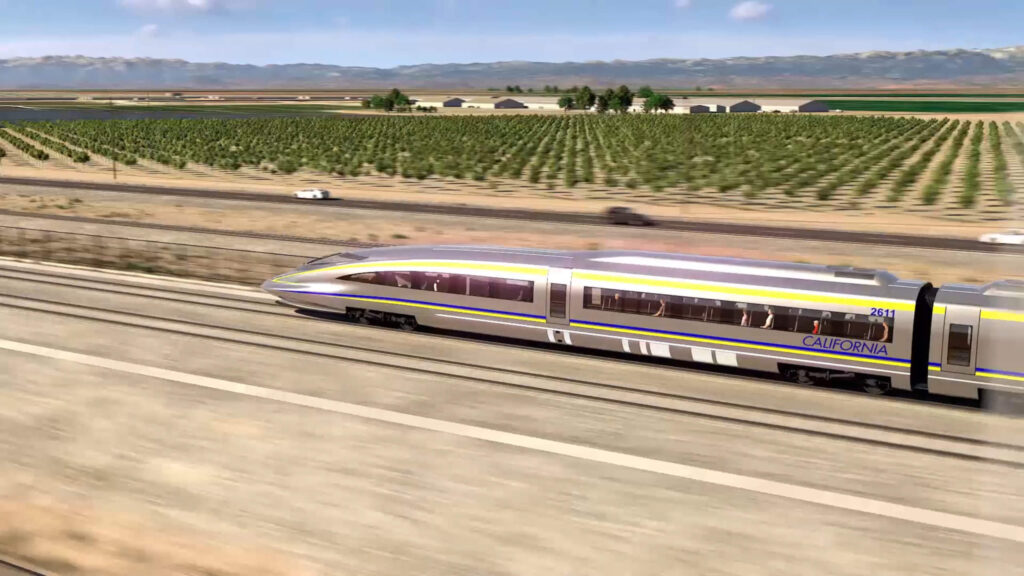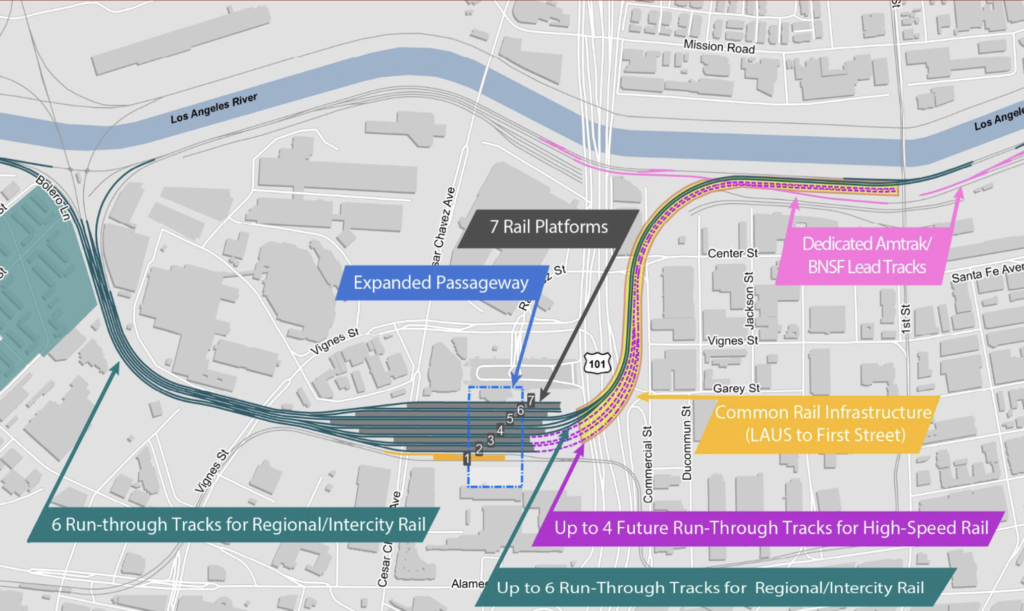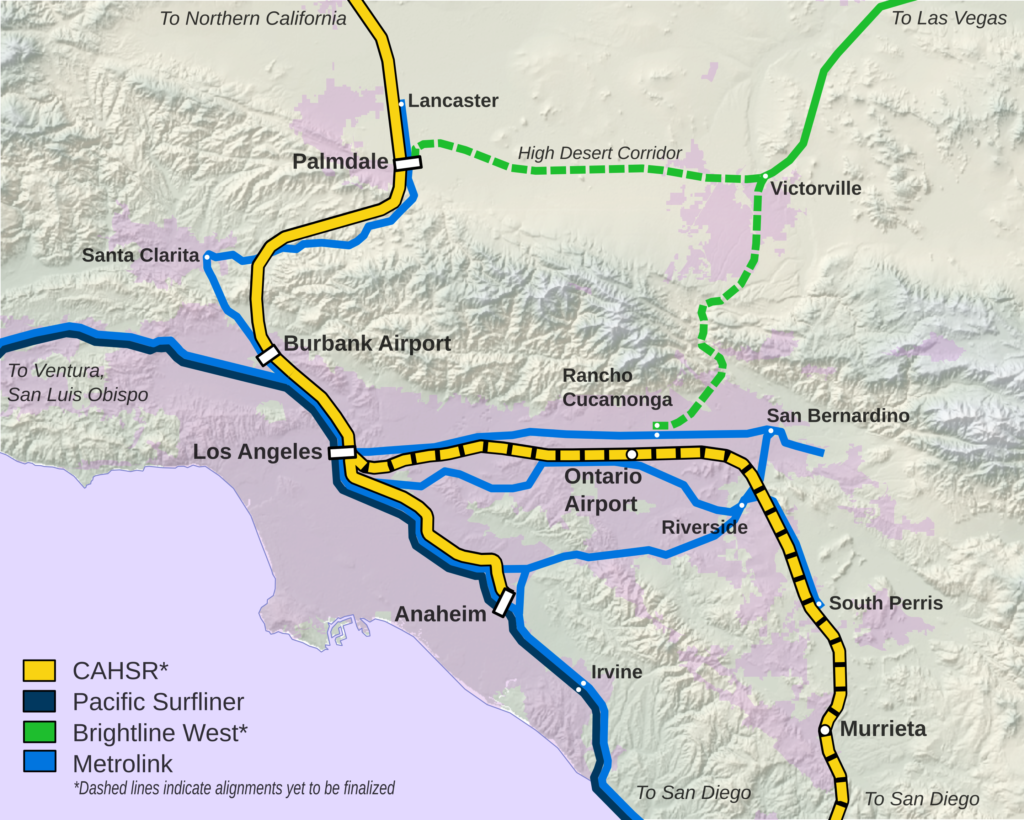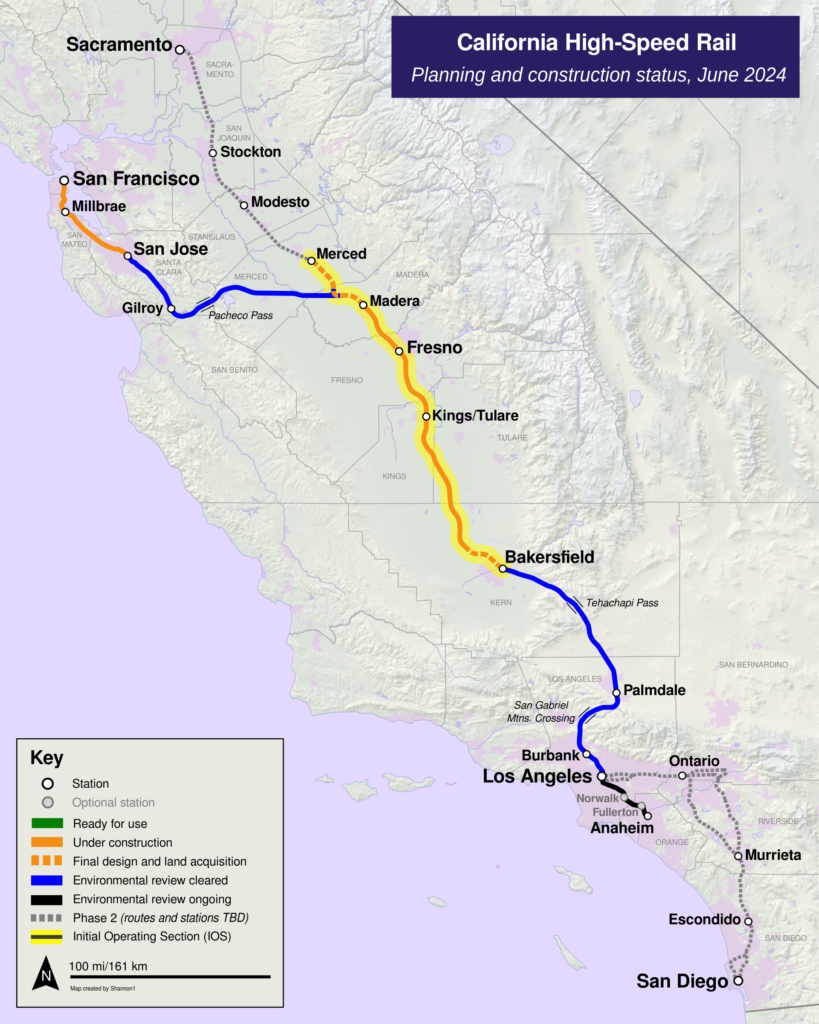Blog
Enhancing Connectivity: Union Station L.A. Prepares for High-Speed Rail from Fresno
Union Station L.A. prepares for high-speed rail from Fresno with Link Union Station project, enhancing connectivity and efficiency.

Clearing the way to Union Station LA
Union Station in Los Angeles is abuzz with excitement as it readies itself to become a central hub for passengers traveling on the high-speed rail from Fresno and the Central Valley. The Link Union Station project is set to transform the station into a key transit center, facilitating seamless connections for passengers across California.
One of the major components of this project is the construction of a 700-foot bridge over Highway 101, allowing incoming and outgoing trains to flow smoothly into Union Station. This infrastructure improvement is a crucial step towards optimizing operational efficiency, capacity, and connectivity for trains using the station, as highlighted in the recently released environmental documents by LA Metro.
Currently, passenger trains like Amtrak and Metrolink face the challenge of utilizing “stub-end” platforms at Union Station, which necessitates trains to turn around in order to resume their journey. The planned upgrades will extend these platforms and create new “run-through” tracks, enabling trains to enter from both the north and south directions. This will eliminate the need for trains to reverse and significantly reduce station dwell times, enhancing overall service efficiency.
https://hsr.ca.gov/high-speed-rail-in-california/station-communities/fresno
Not only will the project benefit existing rail services, but it also paves the way for the integration of high-speed rail into Union Station operations. With the new bridge over the 101 Freeway, high-speed trains will seamlessly join the network of existing rail services, bolstering connectivity and offering passengers a myriad of travel options.
The Link Union Station project represents a significant milestone in enhancing regional and intercity rail capacity, improving transit connectivity, and preparing for the future of transportation in Southern California. By accommodating the increased demand for rail services and integrating high-speed rail systems, Union Station is poised to become a vital nexus for sustainable and efficient transportation solutions.

As the project progresses towards its completion, public engagement and feedback play a pivotal role in shaping the future of Union Station. The open comment period and upcoming public hearing provide an opportunity for community members to contribute their voices and perspectives to the development of this transformative initiative.
The journey towards a more interconnected and accessible transportation network is well underway at Union Station in Los Angeles. With the Link Union Station project forging ahead, we can anticipate a future where passengers can seamlessly travel between Fresno, the Central Valley, and beyond, all converging at this iconic transit landmark. Exciting times lie ahead as Union Station prepares to embrace the dawn of high-speed rail and redefine the landscape of urban mobility in California.

Discover the full story on the Your Central Valley website about Union Station in Los Angeles preparing for the arrival of high-speed rail from Fresno. Read more here: Union Station in L.A. Getting Ready for High-Speed Rail.
https://stmdailynews.com/category/the-bridge/urbanism
About California High Speed Rail
California High-Speed Rail (CAHSR) is a publicly funded high-speed rail system under development in California by the California High-Speed Rail Authority. Phase 1, stretching approximately 494 miles (795 km), is planned to run from San Francisco to Los Angeles and Anaheim via the Central Valley. This phase is partially funded and already under construction. A proposed Phase 2 aims to extend the system north to Sacramento and south to San Diego, bringing the total distance of the rail network to 776 miles (1,249 km). Authorized by a 2008 statewide ballot, the project seeks to connect the state’s major urban centers and substantially reduce intercity travel times. The goal for Phase 1 is to achieve a nonstop travel time of 2 hours and 40 minutes between San Francisco and Los Angeles, which is a significant improvement over the approximately nine hours required by the existing Amtrak San Joaquins. With the benefits of faster travel, reduced roadway congestion, and decreased greenhouse gas emissions, the CAHSR project represents a significant step towards sustainable transportation infrastructure in California.

